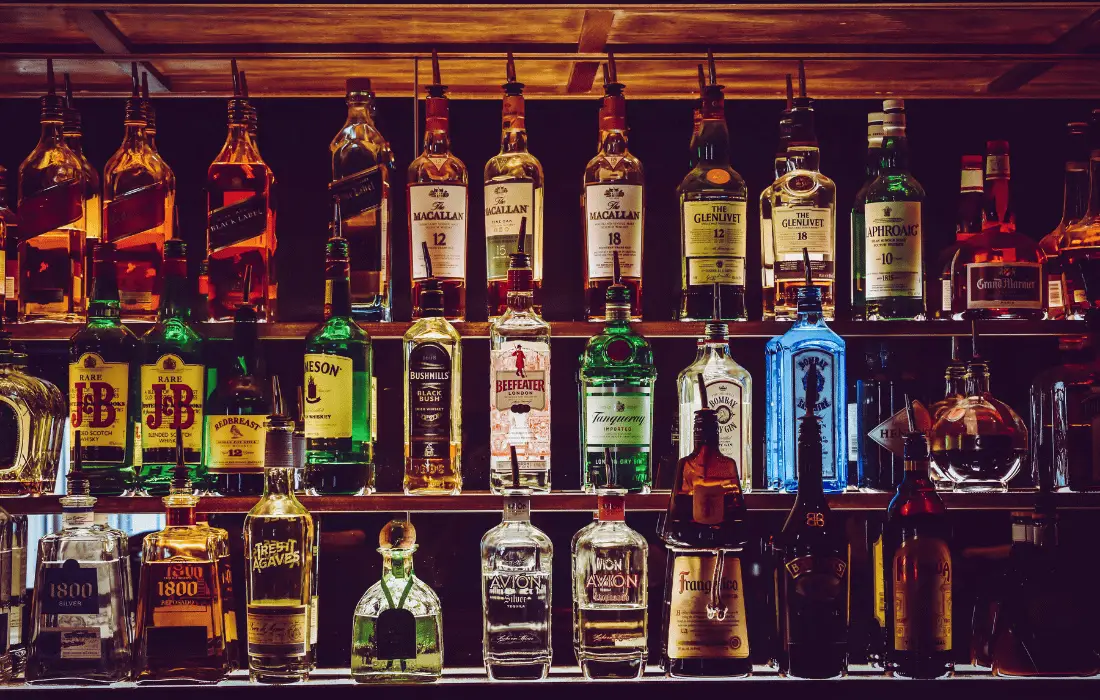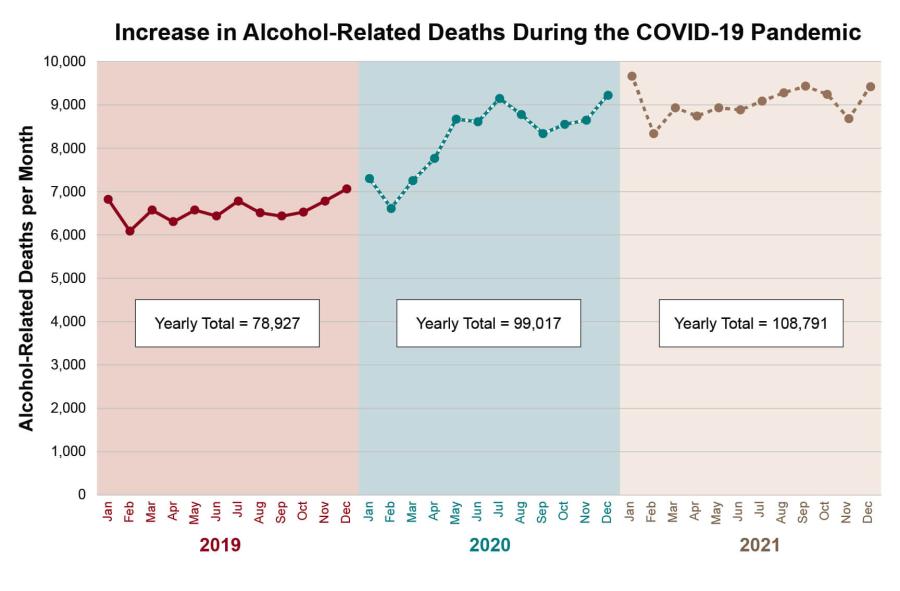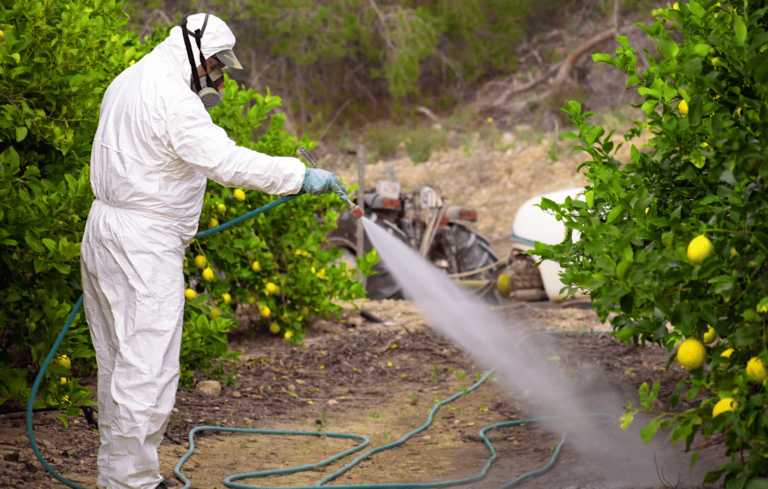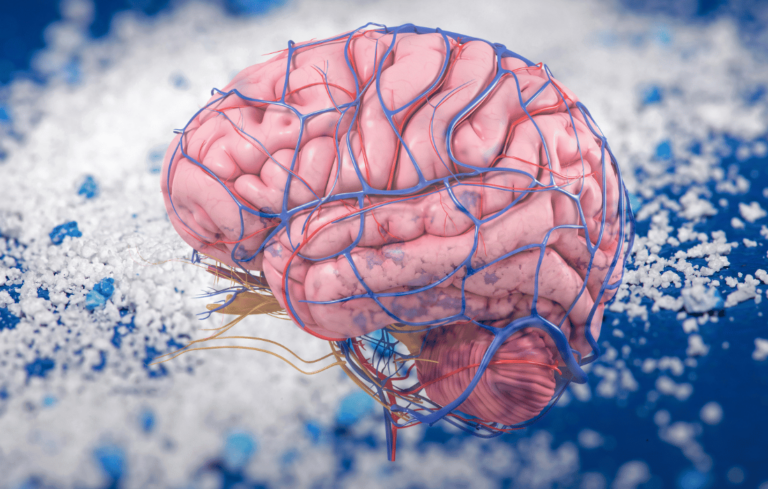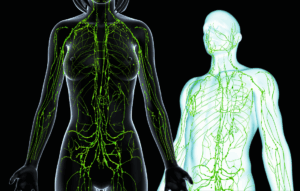Alcohol has been a cornerstone of social rituals and cultural traditions for centuries. From celebrations and bonding moments to coping mechanisms in times of stress, it plays an outsized role in modern life, especially among men. Yet, beneath its convivial facade lies a harsh reality: alcohol is a significant health risk. The recent advisory by the U.S. Surgeon General sheds new light on this issue, emphasizing the undeniable link between alcohol consumption and cancer. This revelation challenges deeply ingrained beliefs about drinking and compels us to reconsider its place in our lives. For men, who statistically consume more alcohol and face unique health risks, the stakes have never been higher. This article delves into the latest findings, the hidden dangers of alcohol, and how societal norms contribute to its pervasive hold on male identity.
The Surgeon General’s Warning: Alcohol’s Link to Cancer
The U.S. Surgeon General recently issued a groundbreaking advisory highlighting the direct link between alcohol consumption and cancer. While this revelation may seem new to the public, the scientific community has been aware of alcohol’s carcinogenic properties for years. What sets this advisory apart is the explicit emphasis on how even low levels of alcohol consumption can significantly elevate cancer risk. From cancers of the liver and esophagus to those of the mouth, throat, and colon, alcohol’s dangers extend far beyond its immediate effects on the brain and liver.
NEW: Today, I’m releasing a Surgeon General’s Advisory on the causal link between alcohol consumption and increased cancer risk. Alcohol is the 3rd leading preventable cause of cancer in the U.S., contributing to about 100,000 cancer cases and 20,000 cancer deaths each year. pic.twitter.com/sKTlPAZlFw
— Dr. Vivek Murthy, U.S. Surgeon General (@Surgeon_General) January 3, 2025
Alcohol’s link to cancer primarily stems from its conversion into acetaldehyde, a toxic metabolite that damages DNA and disrupts cellular repair mechanisms. Acetaldehyde can linger in the body, particularly in individuals with genetic variations that slow its breakdown, compounding the risk. Additionally, alcohol increases oxidative stress and promotes chronic inflammation, both of which are key drivers of cancer development.
A particularly alarming aspect of the advisory is its challenge to the myth of “safe” drinking. The Surgeon General’s report underscores that there is no completely risk-free level of alcohol consumption when it comes to cancer. Even the occasional glass of wine or beer can contribute to cumulative cellular damage over time. For men, who statistically consume more alcohol than women, this news is a sobering reminder of the long-term consequences of habitual drinking.
The advisory also highlights specific types of cancer disproportionately affecting men. For instance, liver cancer—which has a strong association with alcohol use—is more prevalent in men. Similarly, cancers of the throat and esophagus, often linked to both smoking and drinking, represent a significant risk category. The report urges individuals to consider these risks when making lifestyle choices and emphasizes the importance of public health campaigns to raise awareness about alcohol’s dangers.
The Post-Pandemic Alcohol Boom: A Catalyst for Long-Term Risk
The COVID-19 pandemic reshaped many aspects of our lives, including alcohol consumption. Men, in particular, turned to alcohol as a coping mechanism for stress, anxiety, and isolation. A 2023 study reported a sharp rise in heavy drinking among men during and after the pandemic. While alcohol use initially provided temporary relief, its prolonged effects have created a ticking time bomb for public health.
This increased consumption coincides with the Surgeon General’s advisory, highlighting that even moderate drinking carries significant risks. For men, alcohol’s impact on testosterone levels, liver function, and mental health compounds its carcinogenic threat. The pandemic may have amplified these dangers, but the root of the problem lies in deeply ingrained societal norms.
Several factors drove the surge in alcohol use among men during the pandemic:
Stress and Anxiety: Financial instability, health fears, and uncertainty led many men to self-medicate with alcohol.
Social Isolation: Without access to traditional support systems, men turned to drinking alone, a behavior strongly linked to rapid escalation in alcohol dependence.
Normalization of Home Drinking: With bars and restaurants closed, drinking at home became routine, making alcohol more accessible and socially acceptable.
The long-term impact of these changes is reflected in rising rates of alcohol-related illnesses, including cancer. For men, who are already at higher risk of alcohol-induced harm, the pandemic has created a perfect storm of vulnerability. Additionally, the shift to at-home drinking removed social accountability, making excessive consumption easier to hide and harder to address.
Hidden Toxins in Alcohol: What’s Really in Your Drink?
Beyond ethanol, alcoholic beverages often contain a cocktail of harmful substances that exacerbate their health risks. Let’s unpack some of these hidden dangers.
1. Glyphosate and Pesticides
Glyphosate, a common herbicide, has been detected in beer and wine, including organic options. This endocrine disruptor can reduce testosterone, harm gut health, and increase cancer risk. With widespread agricultural use, avoiding glyphosate entirely is nearly impossible, even in organic alcohol. Beer and wine enthusiasts may unknowingly expose themselves to this toxin with every sip.
2. Estrogenic Compounds in Beer
Hops, a key ingredient in beer, are rich in phytoestrogens, which can mimic estrogen in the male body. Regular beer consumption has been linked to hormonal imbalances, including lower testosterone levels and increased fat storage. For men, this hormonal disruption can contribute to reduced muscle mass, decreased libido, and mood swings.
3. Heavy Metals in Spirits
Alcohol production can introduce heavy metals like lead and arsenic, which are toxic to the brain, liver, and kidneys. Long-term exposure contributes to neurodegenerative diseases, hormonal disruption, and organ damage. These metals can leach into beverages during production or from contaminated water supplies, compounding the health risks of drinking.
4. Additives and Synthetic Chemicals
Mass-produced spirits often include caramel coloring, artificial flavors, and residual solvents—all of which increase oxidative stress and burden the liver. While premium spirits may reduce some of these risks, they are not entirely free from harmful substances.
5. Microplastics in Alcohol
Microplastics, tiny fragments of plastic less than 5 millimeters in size, have been detected in various alcoholic beverages, including beer and wine. These contaminants often originate from packaging, filtration processes, or exposure to environmental pollutants during production and transportation. Studies have revealed that microplastic concentrations in beer can range between 20 and 80 particles per milliliter, often consisting of materials like polystyrene (PS) and polypropylene (PP).
Alcohol and Mental Health: A Double-Edged Sword
For many men, alcohol serves as a quick fix for stress or sadness. However, as a central nervous system depressant, alcohol ultimately exacerbates mental health challenges. The temporary euphoria from a drink often leads to a crash, marked by heightened anxiety and depression. During the pandemic, the isolation of drinking at home made this cycle more insidious, pushing many men toward alcohol use disorder (AUD).
The mental health toll of alcohol cannot be overstated. It impairs sleep by disrupting REM cycles, depletes neurotransmitters like dopamine and GABA, and increases oxidative stress in the brain. Over time, these effects contribute to cognitive decline, poor emotional regulation, and diminished resilience. Men struggling with these issues may find themselves caught in a vicious cycle of drinking to cope with the very problems alcohol exacerbates.
Why Even “Clean” Alcohols Aren’t Risk-Free
While some brands market themselves as “clean” or “organic,” these labels can be misleading. Organic certification reduces exposure to pesticides but doesn’t eliminate the inherent risks of ethanol and acetaldehyde. Similarly, biodynamic wines and artisanal spirits may contain fewer additives but still carry carcinogenic potential. For men striving for optimal health, moderation or abstinence remains the safest path.
Alcohol and Cancer: A Broader Perspective
The Surgeon General’s advisory is not an isolated warning. Globally, health organizations have been raising concerns about alcohol’s role in cancer for decades. In Europe, alcohol accounts for roughly 5% of all cancers, a figure that rises in countries with high per-capita alcohol consumption. Public health campaigns in countries like Canada and Australia have begun promoting the concept of zero alcohol as the safest choice, directly challenging the “everything in moderation” narrative.
For men, these global efforts underscore the urgency of rethinking cultural norms around drinking. While social rituals and marketing reinforce alcohol’s place in daily life, the mounting evidence against its health impacts paints a starkly different picture. Addressing these norms requires a cultural shift, one that prioritizes health over habit. Countries with aggressive public health messaging have seen declines in alcohol consumption, proving that awareness campaigns can make a difference.
Redefining Masculinity: Breaking Free from Alcohol’s Grip
Alcohol has long been tied to traditional notions of masculinity. From beer commercials to sports celebrations, drinking is often portrayed as a rite of passage or a marker of strength. However, this narrative is shifting. Movements like “Sober Curious” and “Dry January” encourage men to question their relationship with alcohol and prioritize health over conformity.
Redefining masculinity involves challenging the idea that drinking is synonymous with confidence, camaraderie, or resilience. Instead, men can embrace a narrative where strength is defined by self-awareness, emotional intelligence, and the courage to make healthier choices. By normalizing sobriety or mindful drinking, society can foster an environment where men feel empowered to make decisions that align with their health and well-being.
Practical Strategies for Rethinking Alcohol
For men looking to reduce or eliminate alcohol consumption, here are actionable steps:
Explore Alcohol-Free Alternatives Non-alcoholic beers, wines, and spirits offer the social benefits of drinking without the health risks.
Set Clear Boundaries Limit alcohol intake to special occasions or social gatherings, and avoid drinking alone.
Prioritize Quality If you choose to drink, opt for organic or biodynamic options with minimal additives.
Support Detoxification Stay hydrated, eat antioxidant-rich foods, and consider supplements like milk thistle to protect your liver.
Seek Support Whether through therapy, support groups, or sober communities, connecting with others can help you navigate the challenges of reducing alcohol consumption.
A Healthier Path Forward
The Surgeon General’s advisory is a wake-up call for all of us, but particularly for men who have normalized drinking as part of their identity. Alcohol’s risks—from cancer to mental health struggles—far outweigh its temporary pleasures. By fostering awareness, embracing cultural shifts, and prioritizing health, we can redefine our relationship with alcohol. Ultimately, the question isn’t whether alcohol fits into your life but how it aligns with your long-term goals. For many men, the answer may lie in stepping away from the bottle and stepping into a healthier, more intentional way of living.

